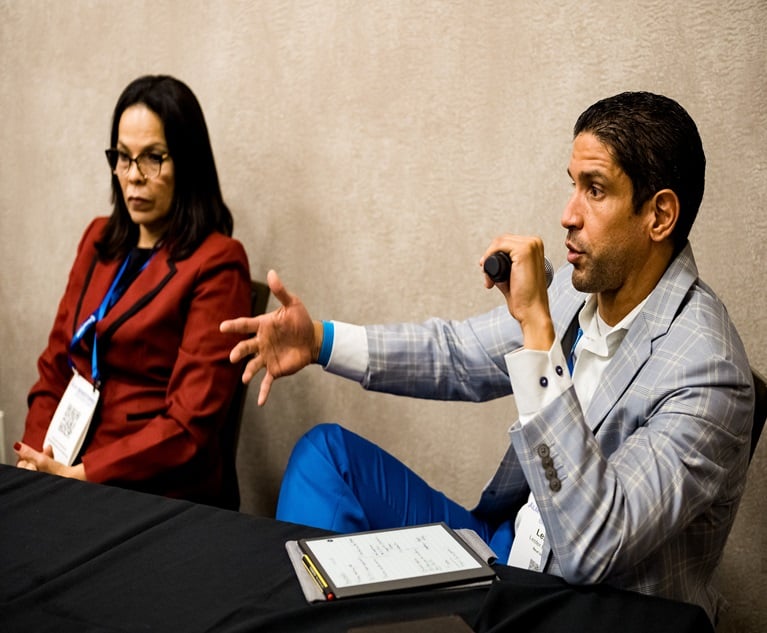Storytelling is one of the oldest, mosteffective forms of human communication.
|Long before Twitter, Facebook and even the printing press,humans informed and instructed others via stories for thousands ofyears.
|Why has storytelling as a communication art form stood the testof time? Because it's compelling. Just try listening to only halfof Jim Croce's “You Don't Mess Around With Jim,” Gordon Lightfoot's“The Wreck of the Edmund Fitzgerald,” or Harry Chapin's “Cat's inthe Cradle.” It's almost impossible. Even if you've heard thosesongs before, you still want to know how the story ends.
|Stories also can be instrumental in helping you convince others— a colleague, a potential customer or maybe even a completestranger in an elevator. I call them “situational persuasionsuccess stories.”
|These are pre-created retellings of how you previously helpedimprove someone's condition in given situations. This elevatedskillset can yield tremendous results in your persuasion effortsand will accomplish five things. You will:
|1. Create a nonthreatening way to shareinformation.
|In many persuasion situations, your target can be onhyper-alert, wanting to avoid feeling uninformed or ambushed. Andif the conversation is focused on him or her, personal defenses areoften heightened. But if you attempt to make your point with astory that does not involve the individual to whom you arespeaking, it's much easier for that person to relax and focus onthe discussion.
|2. Allow your targets to insert themselves into the roleof your situational success story's main character.
|The best situational persuasion success stories are ones inwhich the main character is someone other than you or the otherperson. Inserting yourself into the lead role could send thewrong message — suggesting that you are self-centered and yourstory is contrived. So don't be the hero in every story; make themain character someone else, such as a friend or colleague.
|3. Make the discussion an effective one.
|Everyone enjoys a good story, and situational persuasion successstories contain three subtle yet distinct objectives: to inform, toeducate and to persuade. When you inform someone, you make thatperson aware; when you educate, you bring about understanding; andwhen you persuade, you enable the other person to embrace aparticular point of view: Yours.
|4. Provide a “social proof” component.
|As one of my professional heroes, Robert Cialdini, Regents' Professor Emeritus of Psychologyand Marketing at Arizona State University, claims, “We followthe lead of similar others.” When we hear that “all the kids aredoing it,” that has a profound impact on us. Using situationalpersuasion success stories leverages this idea of social proof, orinformational social influence — making what you're talking abouteven more convincing.
|5. Break through the surrounding informationalnoise.
|In his book, Data Smog: Surviving the InformationGlut, author David Shenk states that the average American in1971 encountered 560 daily advertising messages. By 1997 (theyear Data Smog was published), that number hadswelled to more than 3,000 per day. And the Newspaper Association of America proclaims thatnow the average American is exposed to more than 3,000 advertisingmessages before breakfast. There'sa lot of noise out there; to cut through it andconvince someone to listen to you, you must have acompelling story to tell.
Want to continue reading?
Become a Free PropertyCasualty360 Digital Reader
Your access to unlimited PropertyCasualty360 content isn’t changing.
Once you are an ALM digital member, you’ll receive:
- All PropertyCasualty360.com news coverage, best practices, and in-depth analysis.
- Educational webcasts, resources from industry leaders, and informative newsletters.
- Other award-winning websites including BenefitsPRO.com and ThinkAdvisor.com.
Already have an account? Sign In
© 2024 ALM Global, LLC, All Rights Reserved. Request academic re-use from www.copyright.com. All other uses, submit a request to [email protected]. For more information visit Asset & Logo Licensing.








